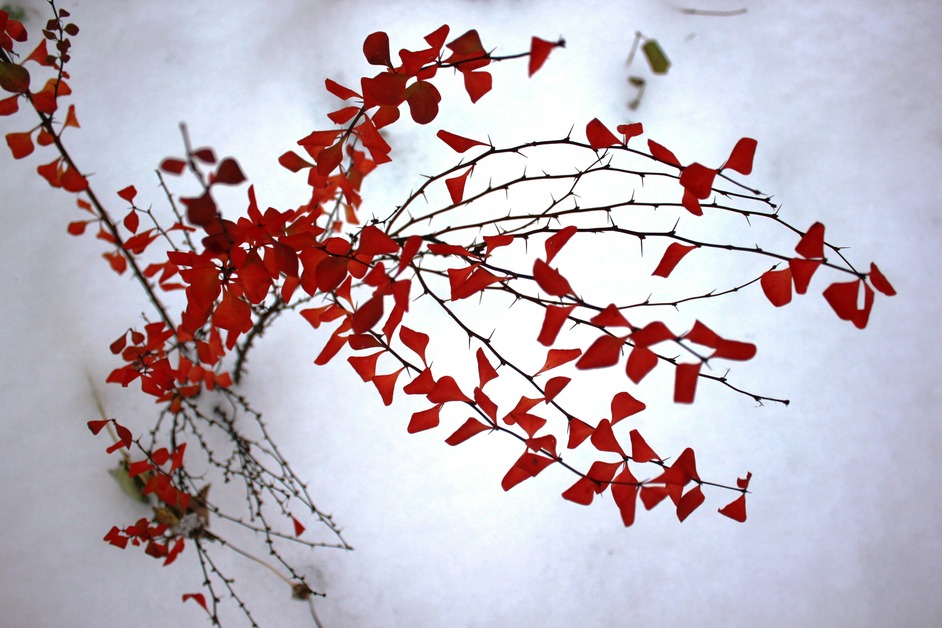Red Spotted Gum: A Deep Dive into Australia’s Most Resilient and Iconic Hardwood
If you’re searching for a hardwood that blends strength, beauty, longevity, and ecological significance, the Red Spotted Gum deserves your attention. Often admired for its richly patterned bark and exceptional durability, Red Spotted Gum is not just a tree—it’s a cornerstone of Australian biodiversity, architecture, and environmental balance. In this comprehensive guide, we explore everything you need to know about this species—from its botanical characteristics and timber value to its health benefits, landscaping potential, and global relevance in a changing climate.
What Is Red Spotted Gum?
Red Spotted Gum’s, scientifically known as Corymbia maculata, is a species of eucalyptus native to the eastern parts of Australia. It is recognized for its striking mottled bark, which sheds seasonally to reveal smooth, cream, grey, and red patches—hence the name “spotted.” The tree can grow up to 45 meters in height and is commonly found in forests along the coastal regions of New South Wales and Victoria.
But its value extends far beyond its appearance. From its timber’s commercial appeal to its contributions to ecosystems, Red Spotted Gum is a multifunctional species that encapsulates the harmony between human use and natural sustainability.
Botanical Profile of Red Spotted Gum
| Feature | Description |
|---|---|
| Scientific Name | Corymbia maculata |
| Common Name | Red Spotted Gum |
| Family | Myrtaceae |
| Height | Up to 45 meters |
| Bark Type | Smooth, shedding in irregular patches |
| Leaf Type | Lanceolate, dark green, aromatic |
| Flowers | Creamy white, appearing in clusters |
| Fruit | Woody capsules, typical of eucalypts |
| Distribution | Eastern Australia (NSW, Victoria) |
| Lifespan | 200+ years |
Ecological Role in Native Habitat
Red Spotted Gum plays a vital ecological role in native Australian forests. The shedding bark provides habitat for insects, which in turn attract birds and small mammals. Its leaves and flowers feed a wide array of wildlife including bees, lorikeets, and possums. Because it can survive in nutrient-poor soils and dry conditions, it’s a keystone species in stabilizing degraded landscapes.
The tree’s canopy offers shade and soil protection, while its root system stabilizes erosion-prone areas. In bushfire-prone regions, its ability to regenerate after fires makes it invaluable to habitat recovery and forest succession.
Red Spotted Gum’s Timber: Nature’s Engineered Wood
Timber from the Red Spotted Gum is considered one of the most durable and dense hardwoods globally. Its natural resistance to decay, insects, and moisture makes it ideal for a wide range of structural and decorative applications.
Timber Properties
| Property | Measurement/Description |
|---|---|
| Density | Approx. 1100 kg/m³ (seasoned) |
| Hardness (Janka) | 12.0 kN |
| Durability Rating | Class 1 (above ground and in-ground use) |
| Termite Resistance | High |
| Workability | Medium (can be hard on tools) |
| Finish | Polishes well, minimal shrinkage |
This timber’s high density and interlocking grain give it superior strength and a beautiful, glossy finish. It’s often used in heavy engineering, railway sleepers, flooring, decking, and furniture.
Architectural and Design Applications
Designers and builders value Red Spotted Gum for more than just its durability—it’s a visually stunning material that adds character and texture to interior and exterior spaces.
Common Uses in Construction
- Flooring: Its rich color palette (reddish brown with paler streaks) enhances both modern and rustic interiors.
- Decking and Pergolas: High resistance to rot and UV radiation.
- Joinery and Cabinetry: Allows for custom textures and polishes.
- Cladding and Paneling: Its grain patterns provide natural visual depth.
- Outdoor Furniture: Weather-resilient and visually appealing.
- Heavy Timber Framing: Used in bridges and exposed beams for its tensile strength.
Red Spotted Gum’s in Landscaping
In landscaping, Red Spotted Gum offers both ornamental value and practical benefits. Its tall, upright structure and multi-hued trunk make it a focal point in public parks and large gardens. Because of its drought tolerance and minimal maintenance requirements, it is often planted in urban green belts and along highways.
The tree also acts as a natural air purifier, filtering dust and pollutants, which improves local air quality—an increasingly important feature in urban planning.
Medicinal and Aromatherapeutic Benefits
Like many eucalyptus species, Red Spotted Gum offers medicinal benefits derived from its leaves and oils. While it is less commonly used in commercial essential oils than Eucalyptus globulus, it still possesses notable healing properties.
Health-Related Uses
- Essential Oils: Extracted from leaves, useful in respiratory therapy, antibacterial treatments, and aromatherapy.
- Anti-inflammatory Applications: Topical applications to soothe muscular pain and inflammation.
- Air Purification: Volatile compounds released from leaves improve indoor air quality.
- Natural Insect Repellent: The scent acts as a deterrent against mosquitoes and other insects.
Climate Resilience and Sustainability
One of the most compelling arguments for investing in Red Spotted Gum—whether for timber, restoration, or landscaping—is its climate resilience. It is drought-hardy, fire-resistant, and grows well in nutrient-poor soils, making it suitable for land rehabilitation projects.
Role in Climate Strategy
- Carbon Sequestration: Red Spotted Gum sequesters a significant amount of carbon due to its size and longevity.
- Soil Regeneration: Helps rebuild topsoil layers by anchoring soil and adding leaf litter.
- Fire Recovery: Its bark and root system enable regrowth even after intense bushfires.
- Biodiversity Conservation: Supports nesting birds and pollinators critical to ecosystem balance.
Governments and conservationists are increasingly looking at Red Spotted Gum as a viable candidate for large-scale reforestation and carbon offset programs.
Economic Value and Export Market
Australia’s hardwood export market continues to expand, and Red Spotted Gum is among its most valuable contributors. The timber fetches a high price on both domestic and international markets, particularly in Asia and Europe.
Key Export Points
- Processed Timber: Used for high-end furniture and architectural elements.
- Raw Logs: Exported for processing in international markets.
- Oil Extracts: Emerging niche in natural health and cosmetics industries.
Its reputation for quality ensures strong demand, but this also comes with a responsibility to manage harvesting sustainably.
Challenges and Conservation Concerns
While not currently classified as endangered, there are increasing concerns about over-harvesting and habitat encroachment. Illegal logging, urban sprawl, and climate change pose threats to its long-term availability.
Key Threats
- Urbanization: Coastal developments often destroy native stands.
- Illegal Logging: Black-market timber trades compromise regulated industries.
- Fire Intensity: More extreme bushfires can hinder regrowth cycles.
- Biodiversity Loss: Declining numbers of pollinators affect seed production and forest renewal.
Conservation strategies include seed banking, nursery propagation, and protected forest zones. Community-driven projects also encourage planting Red Spotted Gum in urban environments to maintain ecological continuity.
Comparing Red Spotted Gum’s to Other Australian Hardwoods
| Feature | Red Spotted Gum | Jarrah | Ironbark |
|---|---|---|---|
| Density | Very High (1100 kg/m³) | High (820 kg/m³) | Very High (1100 kg/m³) |
| Durability | Class 1 | Class 2 | Class 1 |
| Appearance | Mottled, red-grey bark | Deep red | Dark, rugged texture |
| Ease of Use | Moderate | Easy | Difficult |
| Common Uses | Flooring, decking | Furniture, beams | Posts, bridges |
How to Grow Red Spotted Gum
Red Spotted Gum is relatively easy to cultivate in the right environment, but it requires space and light.
Growing Guidelines
- Soil: Well-drained, slightly acidic to neutral.
- Watering: Moderate; tolerates dry periods once established.
- Light: Full sun for optimal growth.
- Spacing: Minimum 10 meters apart.
- Propagation: From seeds, best sown in spring.
- Maintenance: Minimal once mature; prune lower branches for shape.
Its resilience makes it suitable for reforestation, roadside plantings, and even large rural properties.
Red Spotted Gum and Aboriginal Heritage
For Australia’s First Nations people, Red Spotted Gum is more than a resource—it’s a part of cultural identity and survival. Traditionally, its wood was used for tools, shields, and canoes, while the bark and leaves were used in medicinal infusions.
Ceremonially, the tree was respected for its spiritual symbolism tied to life, strength, and endurance. Contemporary land management practices are beginning to recognize this ancestral knowledge, integrating it into national conservation frameworks.
Future Prospects and Innovations
In a world looking for sustainable, regenerative resources, Red Spotted Gum offers both tradition and future promise. Emerging innovations include engineered timber panels made from spotted gum, renewable essential oil production, and genetic research into climate-resistant variants.
Potential Innovations
- Engineered Timber Panels: Used in prefab sustainable architecture.
- Biochar Production: Converting bark and offcuts to carbon-rich soil enhancers.
- Genetic Diversity Mapping: To safeguard against climate-induced vulnerabilities.
- Drone-Assisted Replanting: Speeding up afforestation in remote areas.
The integration of traditional knowledge, scientific research, and ecological stewardship could make Red Spotted Gum a global symbol of regenerative forestry.







